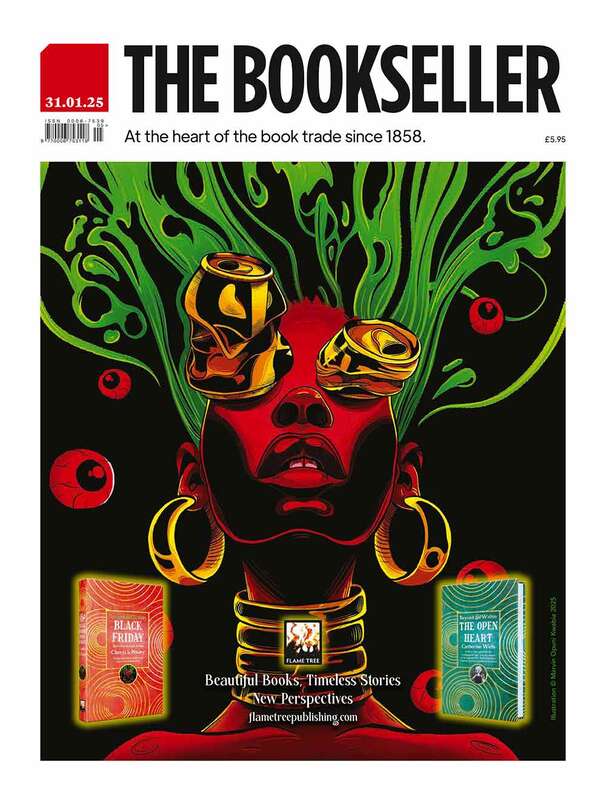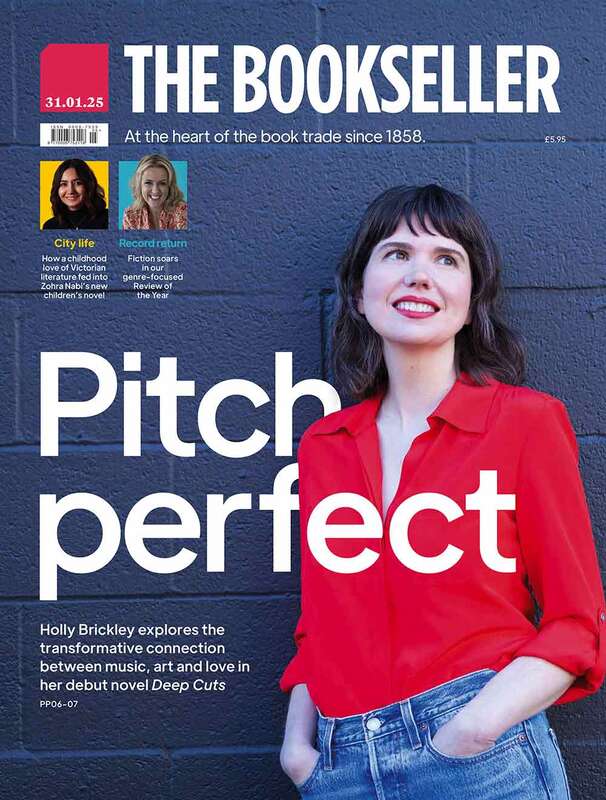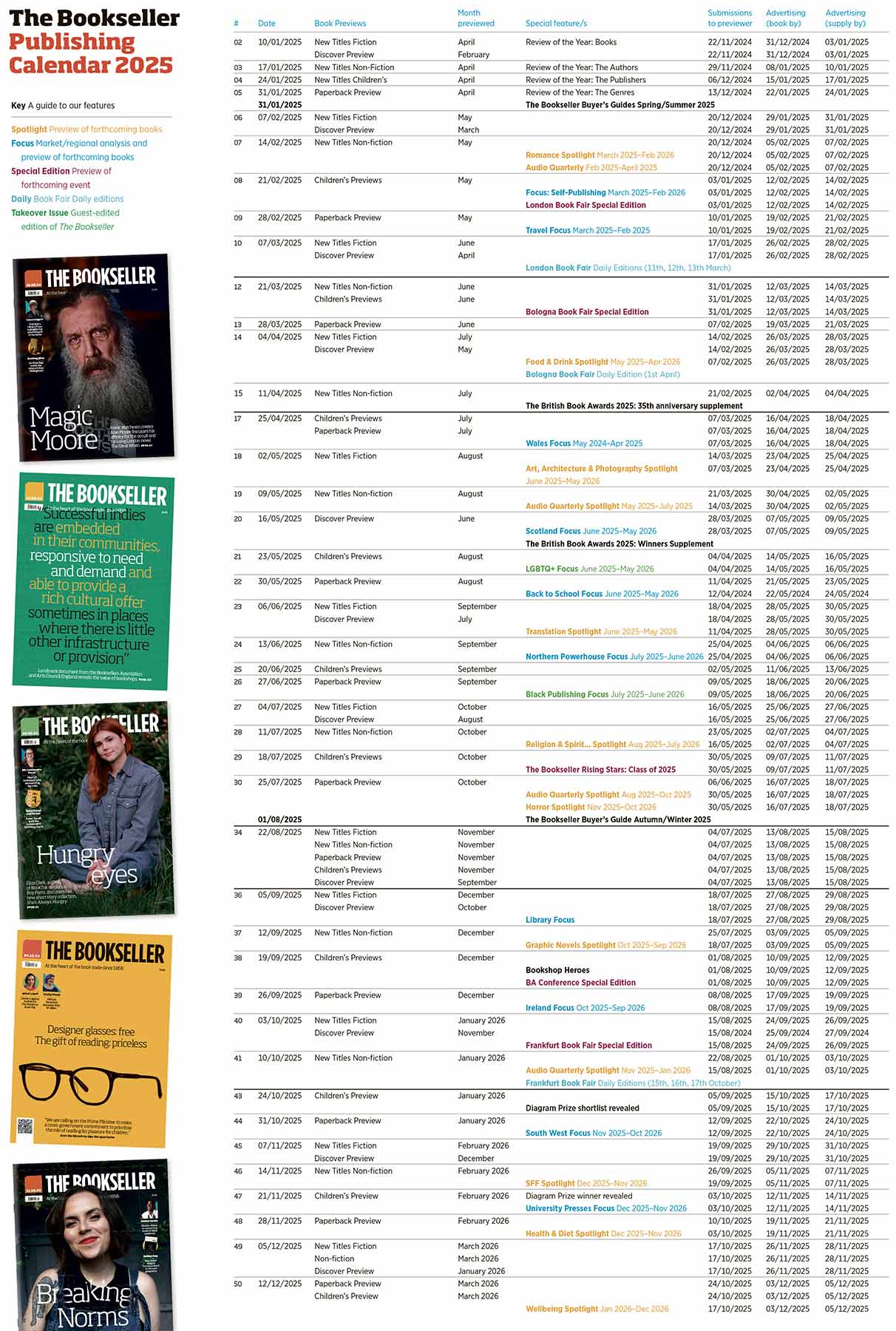You are viewing your 1 free article this month. Login to read more articles.
Future fictions
When I was a young girl there was one day of the week that I looked forward to more than any other. It was the day my Mum and I would drive to the local library a few miles away and I could exchange my books. I would become obsessed with one writer after another and read an entire series of books, or a whole collection. The smell and the silence of the library gave it a certain authority and the “ker—dunck” of the metal stamp on my book, marking the date of my next adventure, was addictive.
For many children reading was, and still is, addictive. But today’s generation of youngesters are often addicted to other media, encouraged through technology, to spend time with screens, digital assistants and other devices that mediate the storytelling experience in new ways.
It started with the iPad. Years ago, during some focus groups, mums told me about how their toddlers would pick up a magazine and try to swipe their chubby digits across the pages. They had created a habit of trailing their index finger across the page rather than using their forefinger and thumb to flick to the next. And I realised that our consumption of the written word was becoming more passive, and less active.
Then audio books. Here stories can be read to you as you play, do housework or drift off to sleep. I have chapter after chapter of books that I have started to listen to, only to be interrupted by something else. Then, having lost my focus, I have failed to return to that particular story and pick up where I left off.
Now we have digital assistants, disembodied voices like Alexa, who can not only speak stories to us but search for them, choosing the ones that are right for us, at a certain moment in time. However, these voices are not in our head but in our lounge, and will increasingly be given a body and even a personality. They will no longer be mere reading suggestions but become reading companions.
Take Lucy for example. Lucy is what has become known as a ‘virtual being’. She’s an interactive animated AI that takes the form of a young girl. She is trained to listen and speak back to a human, so that she can carry on a simple conversation, employ a repetoire of expressions and develop some kind of relationship with your child. Fable, the company that created her, describes Lucy as an imaginative eight-year-old who likes mysteries, science and drawing. The latest iteration employs a new form of artificial intelligence that allows for the character to anticipate what comes next, meaning that Lucy can interact more naturally with a human.
The hope is that children will share their stories with Lucy, encouraging them to engage in a deeper way and form a personal relationship with this virtual being. Fable describe what they have built as the next-generation AI ‘to create interactive stories with characters who can live, learn and make decisions with us.’ As such, Lucy is both a tool and an art form. She can read stories to children, but can also ask them questions about what they are reading and learning as well as their daily lives. She can also record their memories when they share how they feel.
One of the implications of this is that there is another being in the space between the writer and their reader. It’s more than just a soothing voice mediating a story via audio. A full-blown character has been added. And reality has changed. No longer are characters in a story the child’s only imaginary friends, Lucy is one too. But as the child ages, what becomes of that friendship? For as the child grows into a teen and then a young adult, will Lucy be a forever-eight-year-old girl, and left behind?
Most likely to emerge is a world of various versions of reality, consisting of human beings, virtual beings and intelligent non-biological beings, all occupying a shared space. We will need to share our personal stories - and fictional stories - with these other beings soon. Of course, there is always the danger that such digital characters in real-life can become so ubiquitous that they drown out the fictional characters that exist only on the page. However, it could be that we will come to inhabit a world in which any character is no longer confined to a descriptive image in a book but comes to life in three dimensions and inhabits our lives. In the future, we may not merely relate to a character but build actual relationships with them in our homes. And not only for the time the library stamp allows but for whole of our lives, from cradle to grave.
Tracey Follows is the founder-c.e.o. of Futuremade, a futures consultancy, and the author of The Future of You: Can your identity survive 21st-century technology? published by Elliott & Thompson on 18th March.





